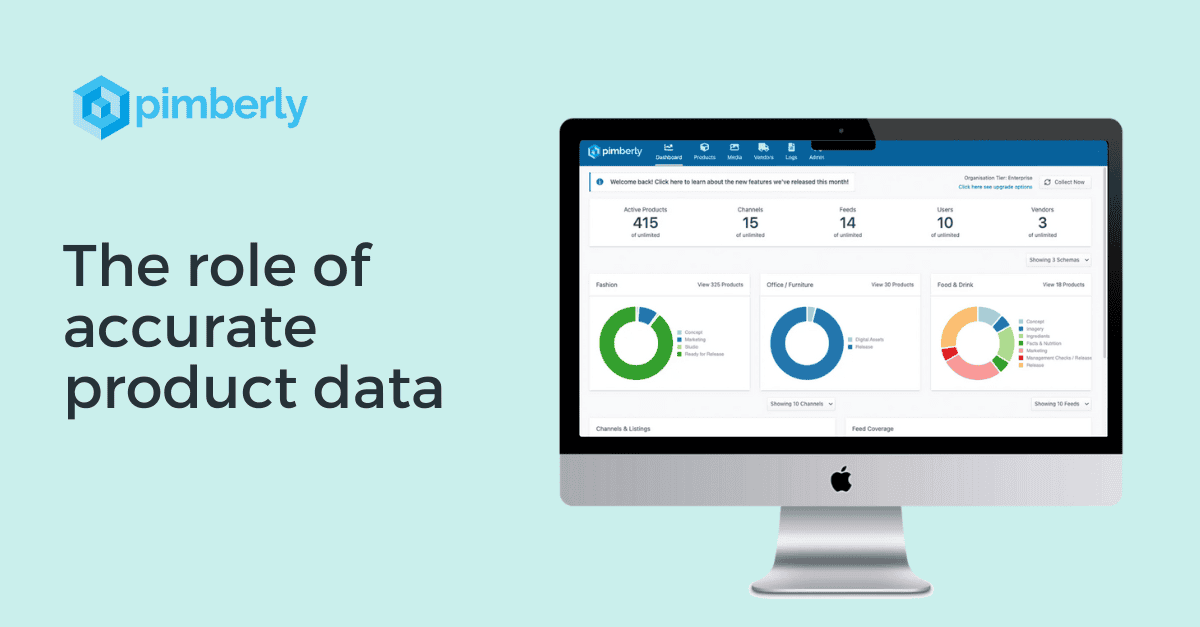
Webhook OMS: Definition and Why It Matters
Webhooks serve as a method for web applications to communicate with each other in real-time. Essentially, a webhook acts as an endpoint (URL) on a server that awaits event data. When a specific event occurs in an application, it automatically sends data to the webhook URL to notify another application of the event.
In the context of an Order Management System (OMS), the use of webhooks is crucial for several reasons:
- Real-Time Communication: webhooks enable the OMS to instantly communicate with other systems, such as inventory management or payment processing systems, as soon as an event occurs. This ensures that information is updated in real-time and necessary actions are taken without delay.
- Automation: by leveraging webhooks, the OMS can automate a wide range of business processes, such as notifying customers about their order status, triggering order fulfillment processes, or detecting shipping label printing errors.
- Integration: webhooks facilitate integration of the OMS with other systems and applications. This allows businesses to build a cohesive software ecosystem where different technologies can seamlessly work together.
- Flexibility: webhooks offer great flexibility in how events are managed and processed. Developers can configure webhooks to meet specific needs and define custom actions based on events.
Yes, OneStock’s OMS does indeed utilize webhooks!
Webhook services are available in OneStock, allowing for receiving automatic real-time notifications when events occur in OneStock services. It is possible to subscribe to existing notifications or create custom notifications based on specific needs. Additionally, a robust retry mechanism is available to ensure no messages are lost, as well as a pause mechanism to temporarily suspend notifications when necessary. Configuration options include defining retry intervals, contact information for error notifications, and webhook configuration such as topic name, specific URL, and HTTP method. Topics can be linked to various events such as integration, stock export, and the OIS system, providing flexibility for different notification needs.
The dream of managing stock via webhook

Stock management via webhook, while theoretically appealing, is not a use case that OneStock typically covers, except for very simple scenarios. Calculating sellable stock is often complex, and it’s simply not efficient to communicate it in real-time via webhook. To calculate it, one must make use of different stock queries, including considering buffers, dispositions, etc. That’s why during integration, we normally recommend our clients to forget real-time and instead focus on updating sellable stock from stock images sent periodically: every hour for full images and every 1-5 minutes for delta images, which only contain changes.
Conclusions
In summary, OneStock’s OMS, thanks to the use of webhooks, offers real-time communication and, compared to other OMS that do not use this technology, offers increased automation, more flexible and transparent integration, and reduced network overhead.
All the above makes OneStock a technologically more interesting and modern solution compared to all other OMS in the world that do not support this technology.
For more detailed information on configuring and implementing webhooks in OneStock, users can refer to our technical documentation.


